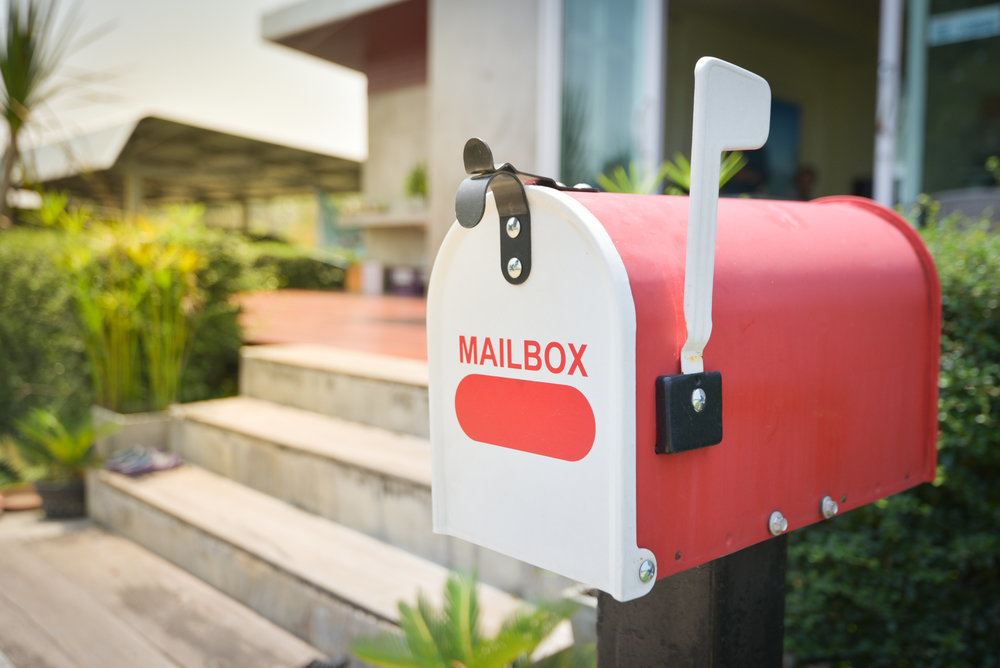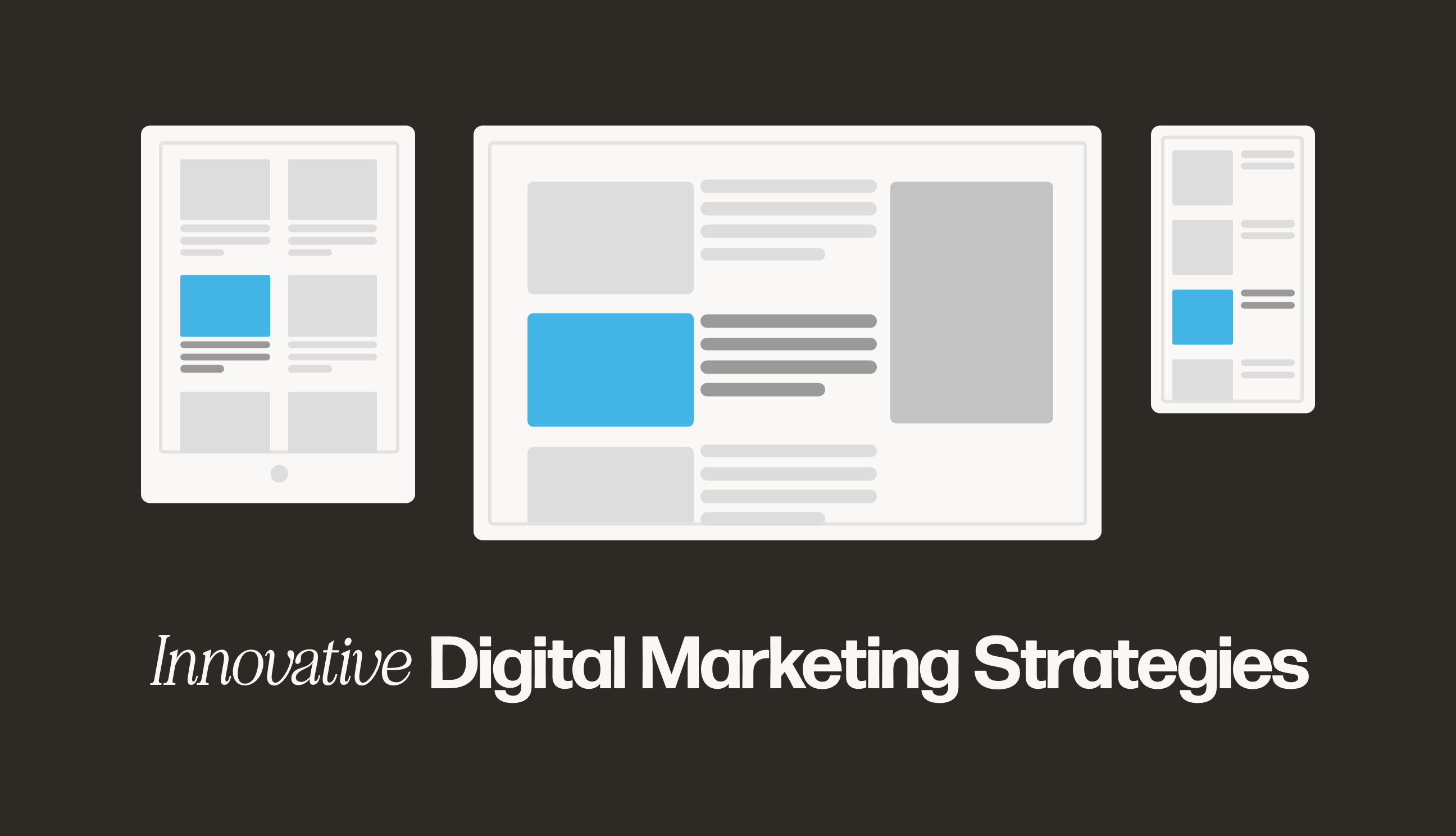Choosing a Goal for Your Email Marketing Campaign

Many business owners feel that email marketing is not as effective as it once was. From the mid-1990s through to the late 2000s, email marketing was the primary way that businesses kept in touch with their customers.
Today, we have social media, video marketing, and even text message and voice marketing. All of these new sources can make email feel outdated. On average today, people receive as many as 121 emails per day between work and home. So it’s easy to think that email marketing will just be ignored.
However, email marketing can still be incredibly effective as long as you are clear what you are trying to achieve.
From one to many
The difference between sending a single email and a marketing campaign is that the message is broader. An email from one person to another is specific and personal. The chances the person receiving will read it and respond is quite high.
When sending to a list, you cannot expect your receivers to feel the same level of connection and interest. Today, most of your subscribers can tell the difference in a personal versus campaign email just from the subject line.
What is the goal of your email marketing campaign?
It’s surprising how often a company will say that they ‘should’ do some marketing via email. The problem is that they don’t understand why they should. There are many different goals of an email marketing campaign. To help you clarify, here are six different types of goals for an email marketing campaign.
1) Awareness
If you are a business who has a lot of repeat business, then awareness can be very effective. Services such as accountants, legal firms, pet groomers, beauty salons, etc. can encourage more business simply by sharing a monthly or quarterly update to past clients. Often these might contain helpful tips or resources. These help the reader to trust your business and see you as their ‘go-to’ person for that specific need.
2) Announcements
If you have new products or services, or changes to your business (i.e., a new location, new opening hours) you can use this as a reason to reach out. Not only is it valuable for your customers, but it helps to solve issues or misunderstandings with them in the future.
3) Click-through
The next type of goal is to get your subscribers to visit a web page as a result of your email. Often this will have to do with selling something (see conversion), but it can also be a link to a video, useful article or something else. Getting clicks on your links shows that your customers and prospects are trusting that you are sending them somewhere that would be of value or interest.
4) Conversion
One of the most common goals of email marketing campaigns is to sell something. While you may want your customers to buy immediately and often, they may be reluctant. This is where conversion emails can help. If a prospective customer is considering a sale, getting a conversion email (perhaps with a special offer) can be the incentive they need to buy. Of course, with anything related to sales, you must be aware not to over-do it. If every campaign you send is saying ‘buy, buy, buy’ you will find your email list shrinking.
5) Engaging or re-engaging
To counter-balance against the conversion emails, a great goal can be to engage (or re-engage) your email subscribers. You can do this by asking for comments, feedback, suggestions, etc. The more basic you make the request (and the less time it takes), the more likely you are to get engagement. Remember that people love to share their point of view, so be sure to get them involved as much as you can through your email marketing.
6) Reminders
For customers who have upcoming appointments, events or even incomplete sales (abandoned carts) you can send reminders in a friendly, helpful way. For example, if a person has an appointment next week, you can send an email with the subject line ‘Looking forward to seeing you’ or something personal like that. These small touch points linked to an event are very valuable for growing engagement.
7) Relationship building
Every email campaign should have the goal to build a better relationship with your customers and clients. Finding ways to connect you with them in an engaging and personal way will do a great deal to make them want to do business with you again. Some business owners feel cautious about sharing too much personal information, but a little bit or personal information peppered into your email campaigns can be very engaging. Remember that your customers like doing business with you, so occasionally strengthening that bond is a great strategy.
Campaign Testing and Frequency
Once you know your goal for your email marketing campaign, it is much easier to target your subject line, email copy, images, and links to be more effective. Remember also that you can split-test different approaches with your lists of subscribers, to see what they respond to best.
Perhaps the biggest part of choosing an email marketing goal is to be clear on the frequency of when you will send. There is no point doing a one-time email blast and then ignoring your customers for a year. Email marketing takes consistency, and you must be clear about what value you can provide through the medium.
As Seth Godin explained in his seminal marketing classic Permission Marketing, “Frequency leads to awareness, awareness to familiarity, and familiarity to trust. And trust, almost without exception, leads to profit.”
If done well, with clarity and intention, your email campaigns can be a valuable part of your overall digital marketing strategy for your business.




